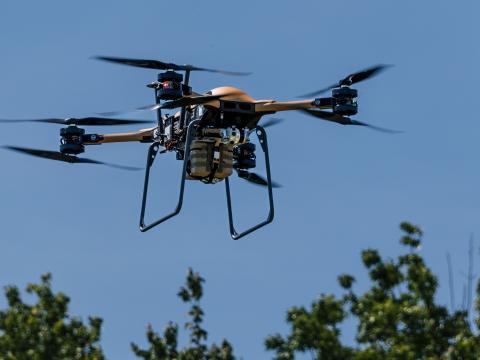The Marines Need a Few Good Connectors
Storming ashore from the sea is becoming increasingly difficult for the U.S. Marine Corps as it faces new missions on the heels of personnel cuts. The nature of Marine assault from the sea is changing, and its aging fleet of amphibious ships are losing their effectiveness both chronologically and evolutionarily.
New technologies and capabilities may be necessary to address both challenges. Gen. James F. Amos, USMC, commandant of the U.S. Marine Corps, told the audience at the West 2014 Thursday luncheon town hall in San Diego that the Corps needs connecting vessels to bring its force from the sea to the shore quickly and effectively.
“Amphibious ships are the Swiss Army Knife of the fleet—we don’t have enough of them right now,” the general analogized.
“Connectors are really, really important,” he emphasized. “We need connectors that can haul a lot of stuff and can go to high speed; leave a sea base 75-80 miles off coast; go 120 miles downrange; and then turn to the shore and dispatch its Marines.”
The Corps is willing to put some money into research for future connectors, he offered, and he called for funding joint high-speed vessels that can be brought aboard another ship at sea and then transition into connectors. They would travel at high speed when needed, and then fold up for storage “in some black bottom ship that can carry 20 of them.”
Gen. Amos does not see U.S. military involvement fading after the Southwest Asia wars wind down. The country still will have to meet international obligations that will not let up.
“The world is not going to allow us to do less after the wars end,” he offered. “We have global responsibilities. We will not be able to do less with less. We will do the same with less.”



Comments